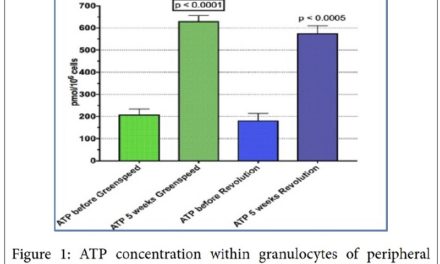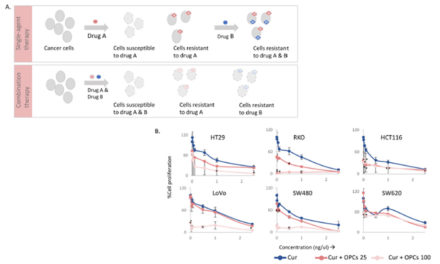Beneficial Properties of Green Tea Catechins
Claudia Musial 1, Alicja Kuban-Jankowska 1 and Magdalena Gorska-Ponikowska 1,2,3,*
1 Department of Medical Chemistry, Medical University of Gdansk, 80 211 Gdansk, Poland; claudia.musial@gumed.edu.pl (C.M.); alicja.kuban-jankowska@gumed.edu.pl (A.K.-J.)
2 Department of Biophysics, Institute of Biomaterials and Biomolecular Systems, University of Stuttgart, 70569 Stuttgart, Germany
3 Euro-Mediterranean Institute of Science and Technology, 90139 Palermo, Italy
* Correspondence: magdalena.gorska-ponikowska@gumed.edu.pl
Received: 13 January 2020; Accepted: 29 February 2020; Published: 4 March 2020
Abstract: Green tea (Camellia sinesis) is widely known for its anticancer and anti-inflammatory properties. Among the biologically active compounds contained in Camellia sinesis, the main antioxidant agents are catechins. Recent scientific research indicates that the number of hydroxyl groups and the presence of characteristic structural groups have a major impact on the antioxidant activity of catechins. The best source of these compounds is unfermented green tea. Depending on the type and origin of green tea leaves, their antioxidant properties may be uneven. Catechins exhibit the strong property of neutralizing reactive oxygen and nitrogen species. The group of green tea catechin derivatives includes: epicatechin, epigallocatechin, epicatechin gallate and epigallocatechin gallate. The last of these presents the most potent anti-inflammatory and anticancer potential. Notably, green tea catechins are widely described to be efficient in the prevention of lung cancer, breast cancer, esophageal cancer, stomach cancer, liver cancer and prostate cancer. The current review aims to summarize the potential anticancer effects and molecular signaling pathways of major green tea catechins. It needs to be clearly emphasized that green tea as well as green tea catechols cannot replace the standard chemotherapy. Nonetheless, their beneficial effects may support the standard anticancer approach.
(…)
Keywords: green tea; Camellia sinensis; catechins; cancer stem cells; anticancer theraphy









